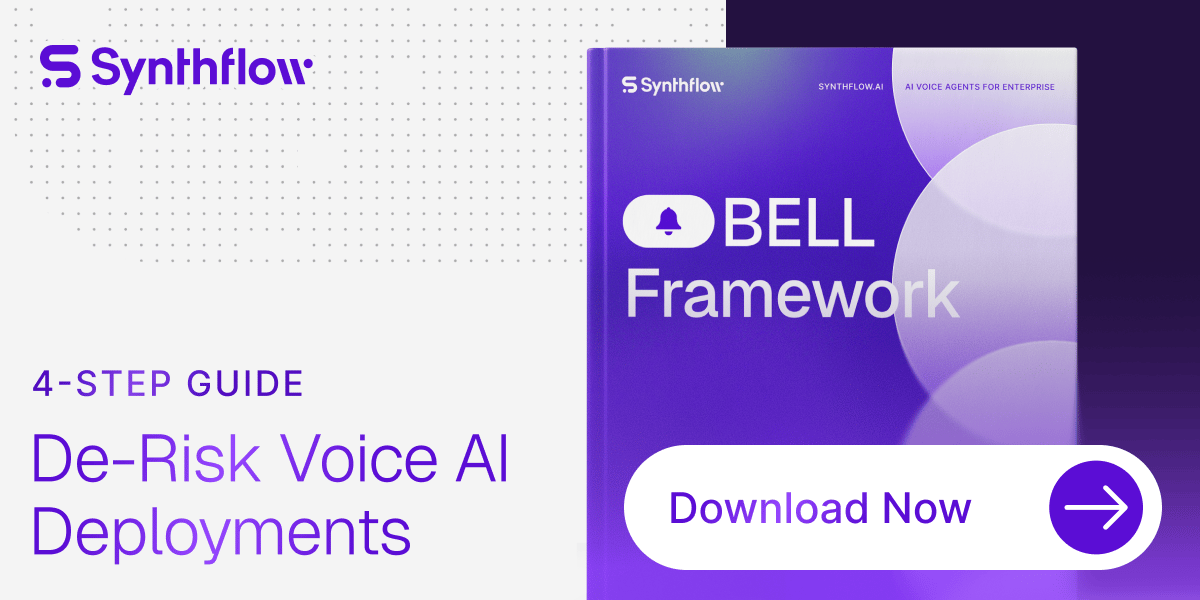- Side Hustle Weekly
- Posts
- Side Hustle Growth #79
Side Hustle Growth #79
Read more to find out how you can scale this profitable side hustle today plus tips and tricks to make growing a business easier
Welcome Back To Side Hustle Weekly!
I’m excited to share with you another great side hustle you can start today! Today we will be discussing how you can scale your ad creation business.
Before We Get Started Here’s Your News Recap:

Wall Street slid as a tech sell-off resumed, with the S&P 500 and Nasdaq retreating while DoorDash fell ~16% post-earnings. Cue: tariff uncertainty, rising layoff headlines, and a thin data backdrop kept volatility elevated.
U.S. layoff announcements in October jumped to a two-decade high (~150k)****, per Challenger, Gray & Christmas. Signals: companies cited cost cuts and AI restructuring as major drivers.
The FAA prepared flight-capacity cuts rising to 10% at 40 major U.S. airports due to the shutdown’s staffing strain. Airlines were told reductions could step from 4–6% this weekend to 10% next week, complicating holiday planning.
Carriers began reworking schedules as the ordered flight cuts neared, aiming to blunt disruption for 3.2 million+ travelers already affected by delays. Watch: Delta and peers are trimming frequencies ahead of Thanksgiving.
Fed’s Goolsbee urged going slow given the inflation-data blackout under the shutdown, reinforcing a data-dependent path after the recent rate cut. Read-through: rates may not fall as fast as markets hoped.
Treasuries rallied intraday as private metrics hinted at a stumbling jobs market, nudging rate-cut bets higher. The move underscored how non-official data are steering macro trades during the shutdown.
Analysts flagged froth: the so-called “Buffett Indicator” and other gauges flashed valuation warnings after a ~36%** surge from April lows.** Takeaway: positioning is getting crowded even as fundamentals wobble.
Bloomberg spotlighted a widening spending split: the richest 10% drive nearly half of U.S. consumption, masking middle-class strain. Implication: demand looks sturdy at the top while main-street budgets tighten.
Asia equities bounced overnight after upbeat U.S. services and payrolls data, but firmer yields tempered risk appetite. Global lens: better growth prints can still toughen financial conditions.
Qualcomm cautioned on a potential Samsung volume hit despite a sales beat, adding to the mega-cap dispersion theme across tech earnings. Note: selective stock-picking is beating broad beta.
General Motors moved to shutter an Arizona IT site and cut ~940 jobs, part of cost and footprint reshaping. For operators: tighter capex and Opex discipline remain in focus across legacy industries.
Strategists warned of “euphoria” signs building in equities, urging scrutiny of positioning, leverage, and profit breadth as Q4 unfolds. Bottom line: stay nimble around earnings and policy catalysts.
Thank you to our sponsor for bringing you today’s daily news recap
The New Enterprise Approach to Voice AI Deployment
A practical, repeatable lifecycle for designing, testing, and scaling Voice AI. Learn how BELL helps teams deploy faster, improve call outcomes, and maintain reliability across complex operations.
How To Make Valuable Ads
How to Grow and Maximize Income From Your Ad Creative Business
Transform Your Creative Skills Into a Scalable, Automated Machine That Earns $10K+ Per Month
You’ve built your ad creative business — designing eye-catching visuals, crafting scroll-stopping copy, and helping brands convert views into sales. But now it’s time for the next level: growth, automation, and true freedom.
Scaling an ad creative business isn’t just about taking on more clients — it’s about building systems, hiring the right people, and creating a business that grows even when you’re not the one sitting behind the design desk.
Here’s how to turn your creative hustle into a thriving agency that can generate $10K, $20K, or even $50K per month while running smoothly on autopilot.
1. Evolve From Freelancer to Brand
The first step to growing your income is changing how you see yourself. You’re not “just” a creative — you’re a brand builder and strategist.
Start by:
Developing a distinct brand identity (logo, color palette, and messaging).
Building a website that highlights your services, case studies, and client testimonials.
Creating a social presence on LinkedIn, Instagram, and TikTok where you share ad tips, trends, and before-and-after results.
People don’t just buy design; they buy authority. The stronger your personal or agency brand, the higher your perceived value — and the more you can charge.
2. Specialize in High-ROI Niches
To grow income quickly, you need to focus on clients who understand the value of great ads — and are willing to pay for them.
High-paying niches include:
E-commerce brands that constantly need new ad creatives.
Coaches and online educators selling digital courses.
App developers running install and engagement campaigns.
Agencies outsourcing creative production for their clients.
Specialization also improves your results — which leads to referrals, higher conversion rates, and recurring contracts.
3. Standardize and Productize Your Offers
To scale, you need clarity. Stop quoting random prices per project and instead create structured service packages that are easy to sell and delegate.
Example:
Starter Pack ($750): 5 image ads + copy + strategy call.
Growth Pack ($1,800): 10 image/video ads + A/B testing + revisions.
Agency Partnership ($3,000+): Unlimited monthly creative production for agencies or brands.
With standardized packages, you can delegate projects to other creatives without losing consistency — turning your business into a repeatable revenue engine.
4. Hire a Team to Handle Creative Production
As client demand grows, you’ll need help fulfilling projects. Build a team of reliable freelancers or employees to manage different parts of your workflow:
Graphic designers and video editors – Produce ad creatives based on brand guidelines.
Copywriters – Write conversion-focused headlines and ad text.
Creative strategist – Oversees campaign direction and ensures messaging aligns with client goals.
Project manager – Keeps everything on schedule and communicates with clients.
This allows you to focus on growth and strategy while your team handles execution — freeing you from burnout and endless deadlines.
5. Build a Sales Team for Client Acquisition
The most successful ad creative agencies don’t rely solely on word-of-mouth — they build active outreach systems.
Hire a small sales team or virtual assistants to:
Cold email or DM potential clients (like e-commerce store owners or marketing directors).
Pitch your creative packages with results-based case studies.
Follow up with leads consistently using CRM tools like HubSpot or Pipedrive.
Book discovery calls for you or a closer to finalize deals.
Start with commission-based reps so you only pay when they close sales. Over time, this creates an automated lead generation system that feeds your business nonstop.
Presented by AdQuick
Run ads IRL with AdQuick
With AdQuick, you can now easily plan, deploy and measure campaigns just as easily as digital ads, making them a no-brainer to add to your team’s toolbox.
You can learn more at www.AdQuick.com
6. Automate Your Workflow
To grow without chaos, implement systems that make your business run like clockwork.
Use these tools to automate and organize:
ClickUp or Asana – Manage projects, deadlines, and client revisions.
Slack – Team communication and file sharing.
Google Drive or Notion – Store ad templates, design assets, and briefs.
Zapier – Automate client onboarding, invoicing, and feedback forms.
Calendly – Let clients schedule meetings without back-and-forth emails.
Automation turns your business into a well-structured creative factory that delivers fast and consistently.
7. Diversify Income Streams
Don’t rely on just client projects. Once your business stabilizes, expand into multiple creative income streams such as:
Selling templates or ad bundles on Gumroad or Etsy.
Running workshops or online courses teaching ad creation.
Consulting or coaching other creators or small businesses.
Affiliate partnerships with ad tech tools and software.
These streams provide recurring income even during slow client months — helping you scale sustainably.
8. Reinvest and Scale Your Brand
As profits grow, reinvest strategically:
Run your own ads to attract more high-paying clients.
Upgrade equipment (high-end computer, monitor, software).
Hire specialists for SEO, paid marketing, and branding.
Launch your own creative agency with sub-brands or specialized teams.
This reinvestment compounds your success — building a reputation that brings in bigger clients, better deals, and higher margins.
Estimated Monthly Income Potential
Here’s what realistic scaling looks like:
Beginner (1–2 clients): $1,000–$3,000/month.
Growth stage (4–6 clients or retainers): $6,000–$12,000/month.
Agency level (team + sales automation): $20,000–$40,000+/month.
With systems, a team, and a consistent client pipeline, you can turn a small creative business into a six-figure brand in under a year.
Requirements to Grow
A reliable computer and fast internet connection.
Access to professional tools (Adobe Creative Suite, Canva Pro, or CapCut).
A CRM or project management platform.
Willingness to hire and train a small team.
Consistency in branding, client communication, and marketing.
Pros
High demand: Every brand needs new creatives constantly.
Scalable: Easy to delegate and automate.
Flexible: Work remotely with clients worldwide.
Recurring income: Monthly retainers provide predictable revenue.
Cons
Competitive market: Requires strong branding to stand out.
Creative burnout: Deadlines can pile up fast.
Platform changes: Ad trends evolve quickly.
Client dependency: A few large clients can represent a big share of income.
Summary: How to Grow and Maximize an Ad Creative Business
Position yourself as a brand, not just a freelancer.
Specialize in high-ROI niches like e-commerce and coaching.
Productize your services for scalability and clarity.
Build a creative team to handle production efficiently.
Hire a sales team to bring in clients automatically.
Automate systems with project and CRM tools.
Diversify income with templates, courses, or partnerships.
Reinvest profits into marketing and expansion.
By combining creative talent with strategic systems, you can transform your ad creative business from a side hustle into a fully automated, high-profit brand-building powerhouse — one that grows, scales, and thrives long after you log off.
That’s A Wrap
I hope you enjoyed today’s post and if you have any questions about the post, upcoming posts, how to advertise, or anything else, feel free to reply. See you next time with another money-making post, helping you boost your income!
Our Links:
Looking for more newsletters that talk about crypto, stocks, business, finance, how to make money, or anything else, click here→
Want to see all of the Side Hustle Weekly’s past posts and issues? Well look no further, click here to check out our full archive→
Do you want to drive more b2b sales/leads to your business by promoting your business in front of over 50,000 business owners? Your in luck, click here to find our more information→ or shoot us an email at [email protected].
Want to see our website? Well here it is, click here to check out our website→
Disclaimer: This newsletter is for informational and educational purposes only and reflects the opinions of its editors and contributors. The content provided, including but not limited to real estate tips, stock market insights, business marketing strategies, and startup advice, is shared for general guidance and does not constitute financial, investment, real estate, legal, or business advice. We do not guarantee the accuracy, completeness, or reliability of any information provided. Past performance is not indicative of future results. All investment, real estate, and business decisions involve inherent risks, and readers are encouraged to perform their own due diligence and consult with qualified professionals before taking any action. This newsletter does not establish a fiduciary, advisory, or professional relationship between the publishers and readers.



Reply